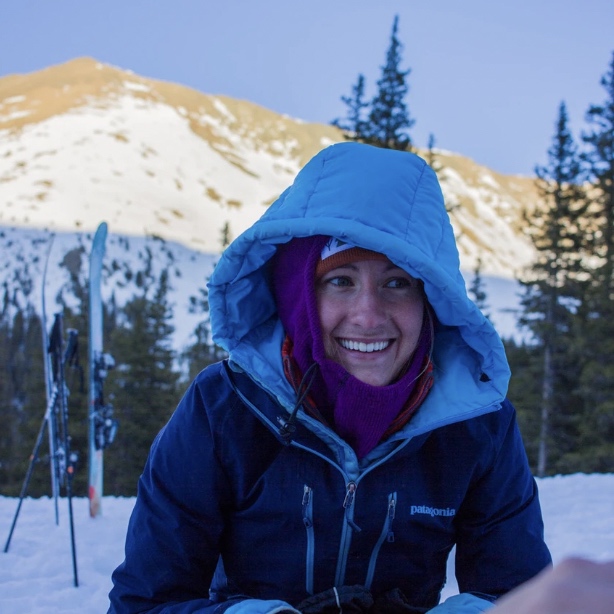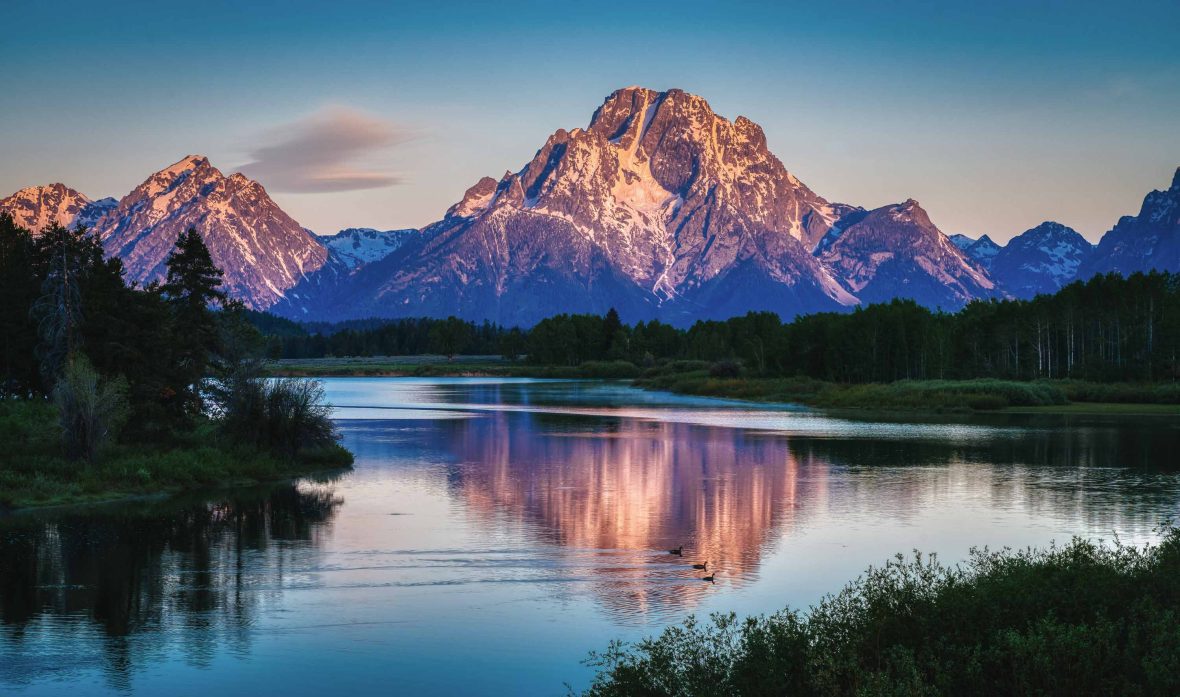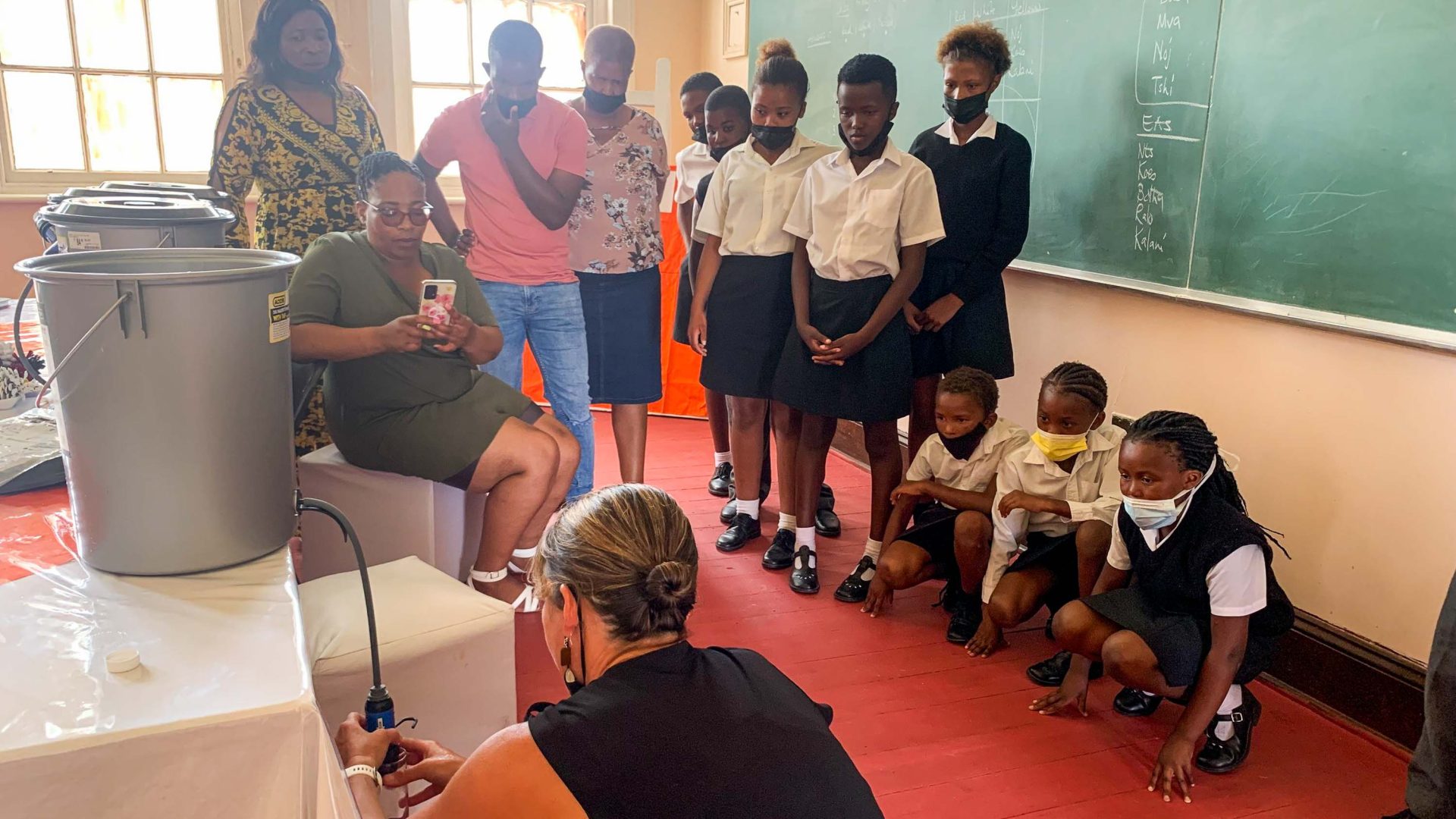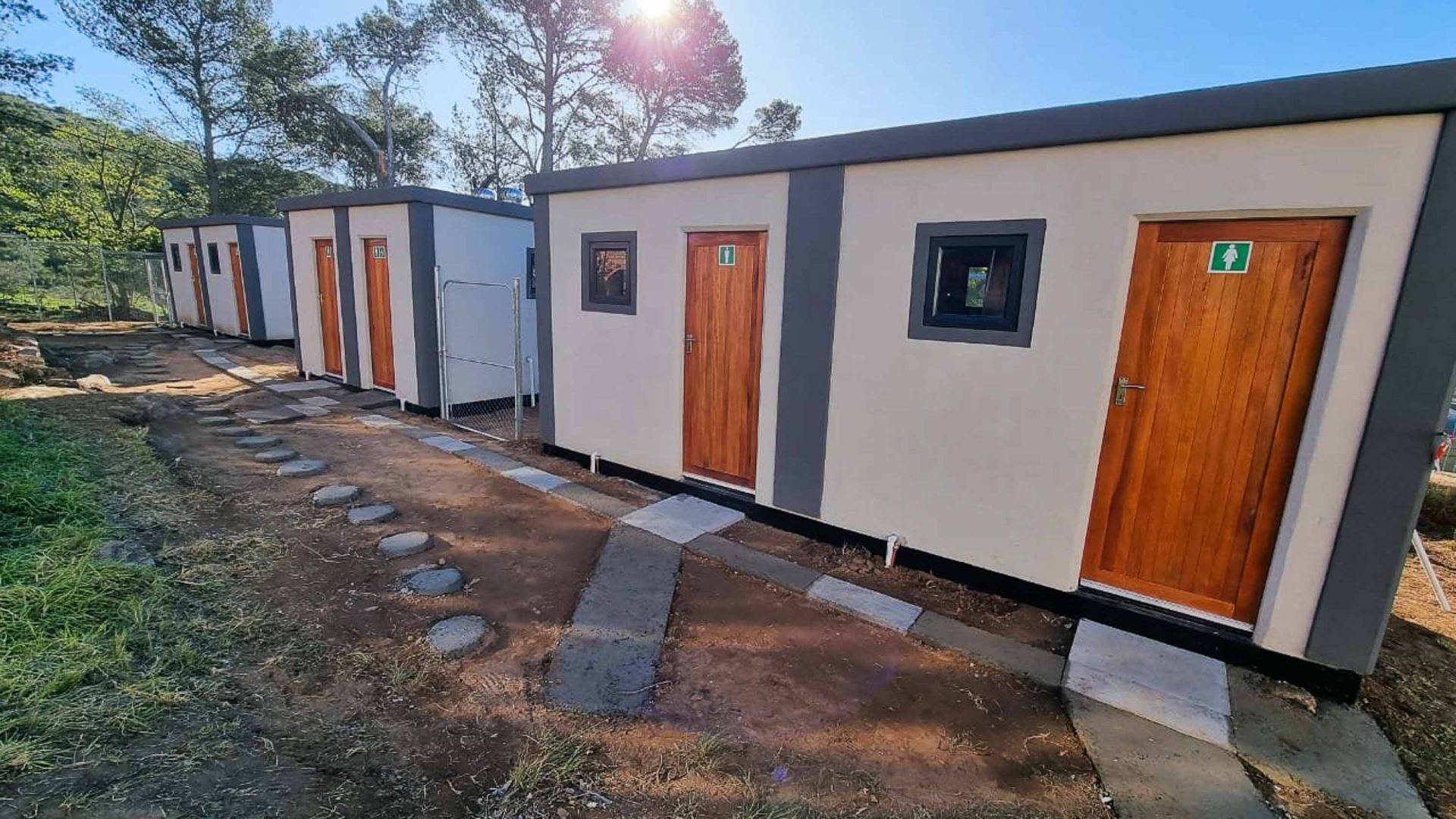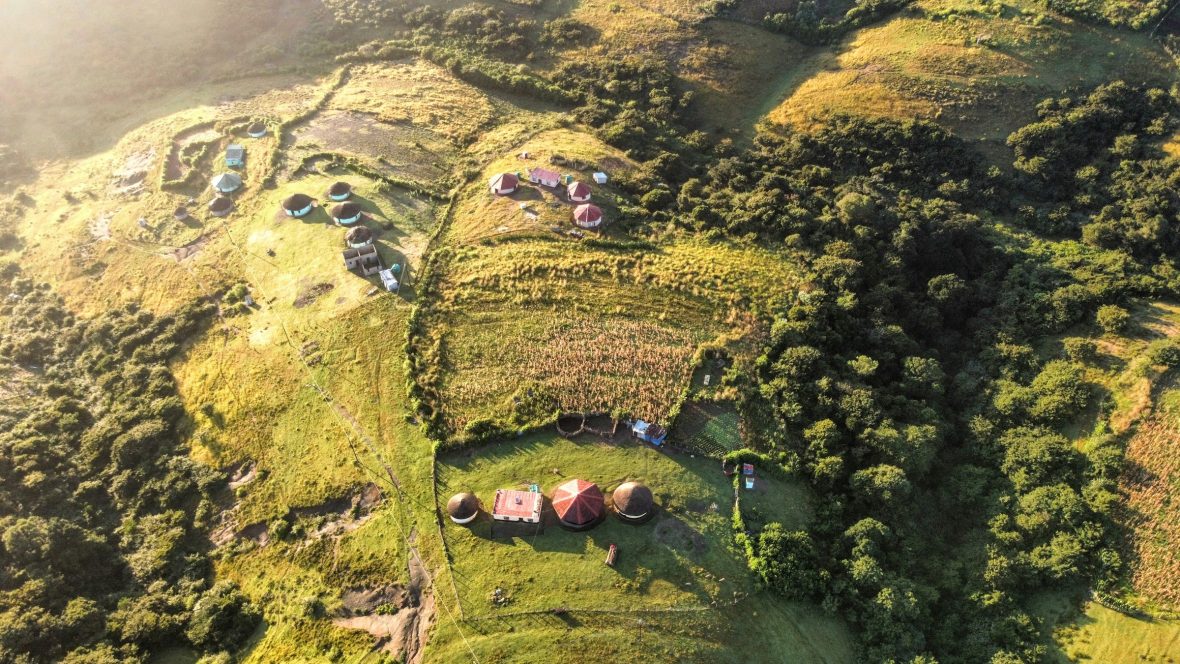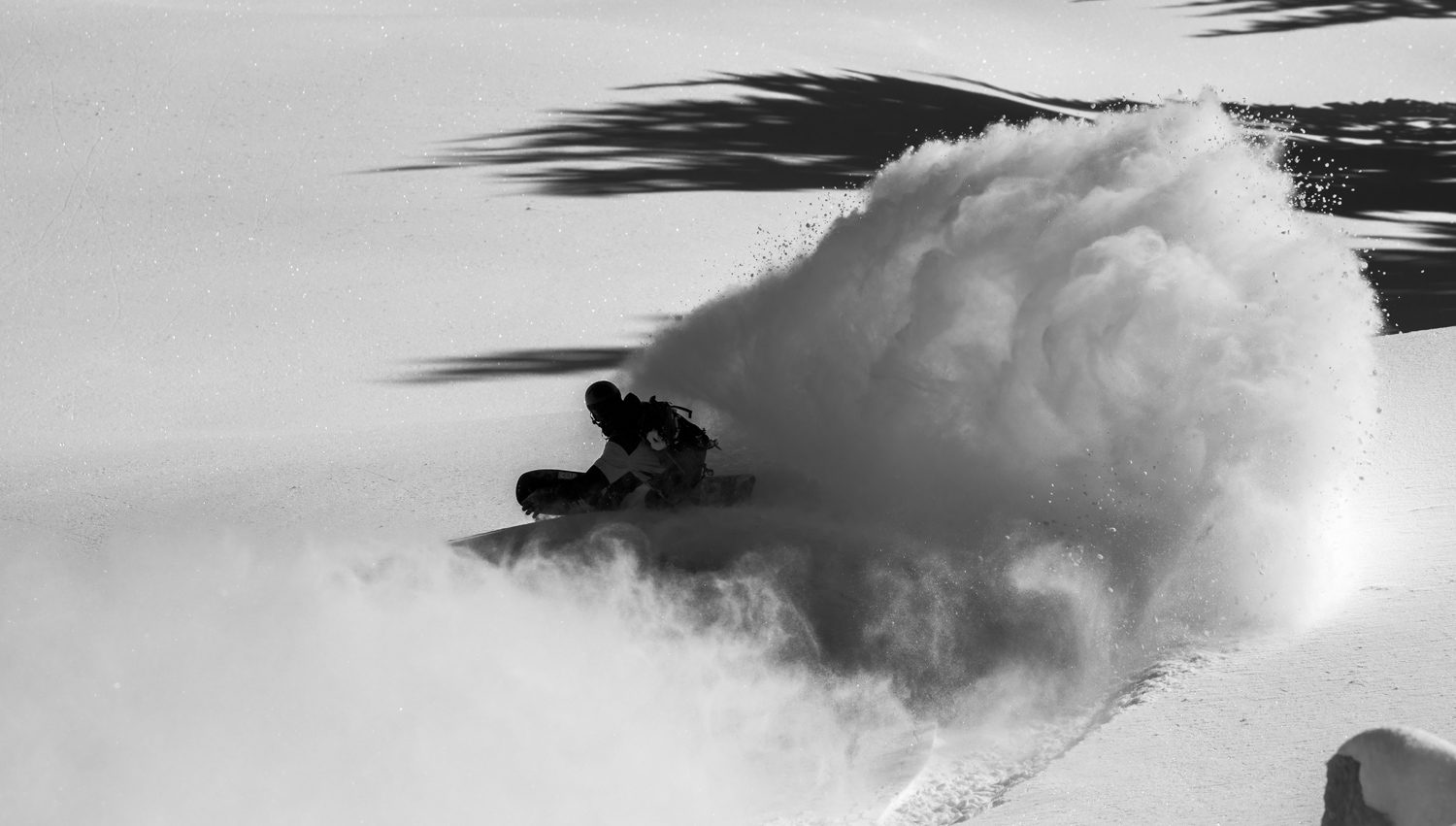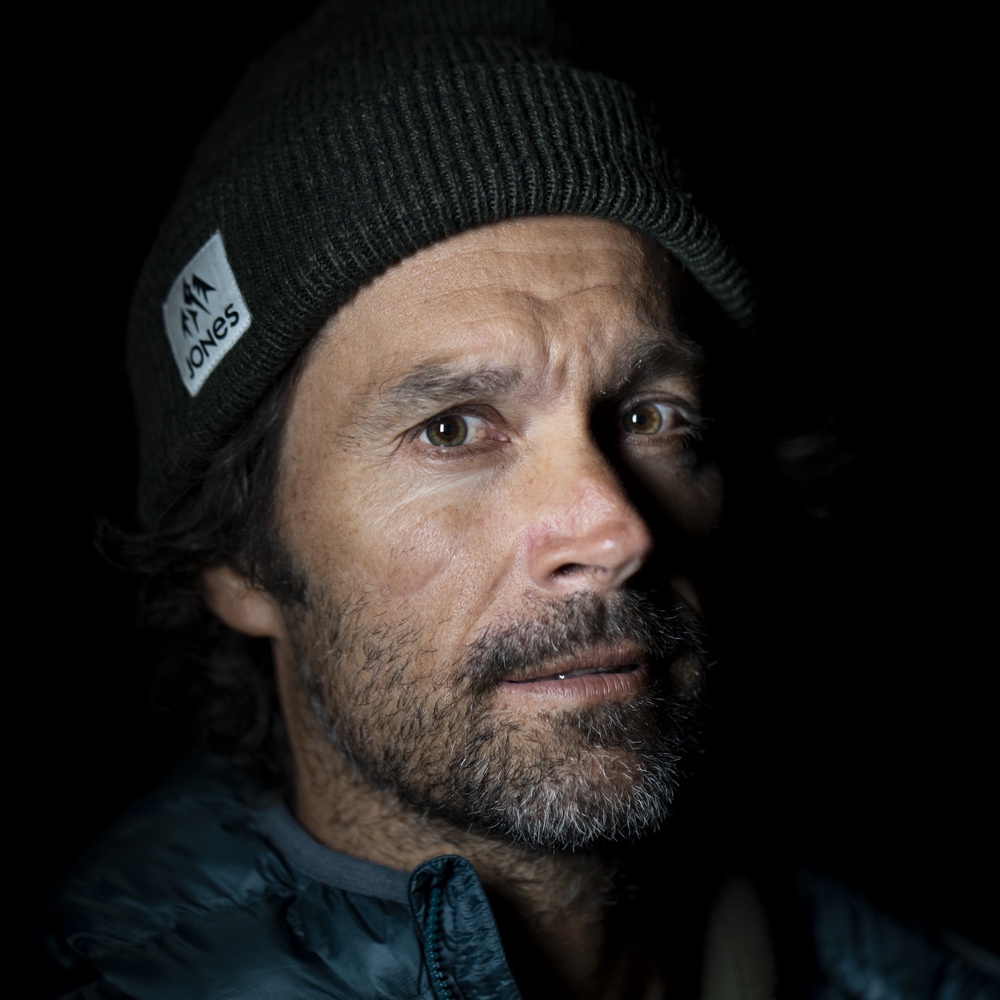In April 2015, Julia Heemstra and three trusted ski partners set out from downtown Jackson Hole, Wyoming, before the sun rose. They clicked into their skis at the String Lake trailhead and started under the moon, tracing the water’s edge to the Leigh Lake portage. The conditions were ideal. “It was the fastest crossing I’ve ever done,” Heemstra recalls. “The lake was perfectly frozen and so we could do these long skating glides.”
The group then ascended Mt. Moran, a prominent peak in the northern portion of Wyoming’s Teton Range, and carefully skied their way down the southwest couloir, which was full of frozen ice and snow deposited by spring freeze-thaw cycles. “It was clear that temperatures were increasing throughout the day,” says Heemstra. “And when we got back down to Leigh Lake, there was this thin little ribbon of water around the shoreline.”
Believing that the ice would stay more solid in the middle, Heemstra and her ski partners began to cross the lake. But it had warmed more than anyone realized. As the group widened the distance between them and the solid ground surrounding the lake, one of Heemstra’s ski partners broke through the ice. Instantaneously, the team shifted into crisis mode, using all of their collective training and rescue education in a scenario they had hoped they’d never have to experience. After an intense extraction, Heemstra tossed one of her skis to the partner to spread his weight out further. With only one ski to distribute her own weight, Heemstra herself plunged through the ice into the lake. “I think I churned through 15-20 feet of ice just pulling up and breaking through, pulling up and breaking through,” she recalls. “I remember thinking, ‘This is how I’m going to die.’”

